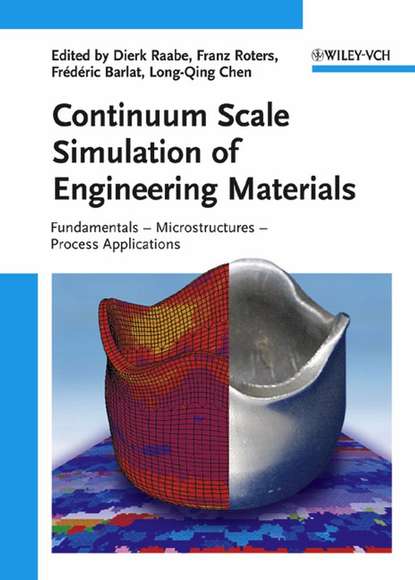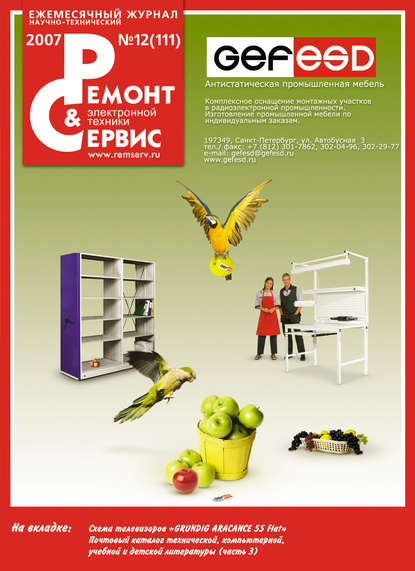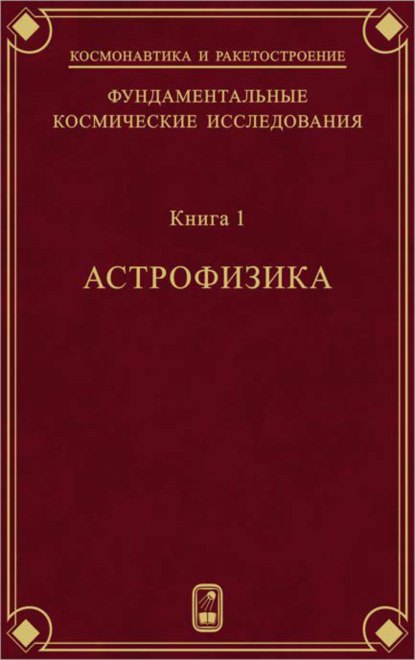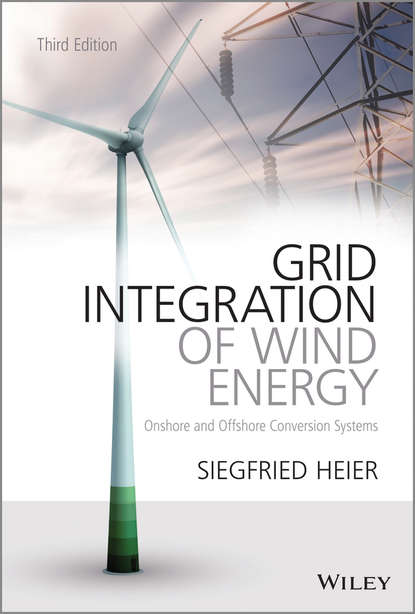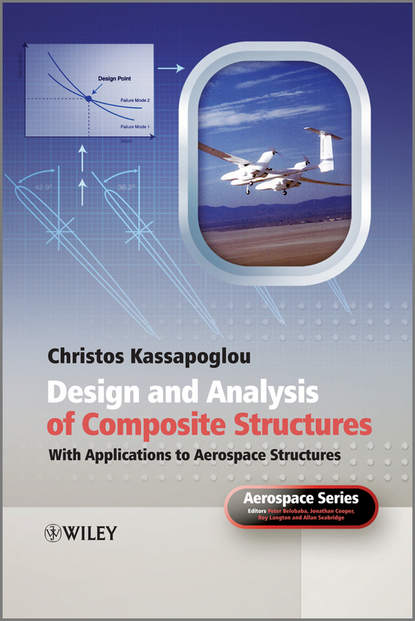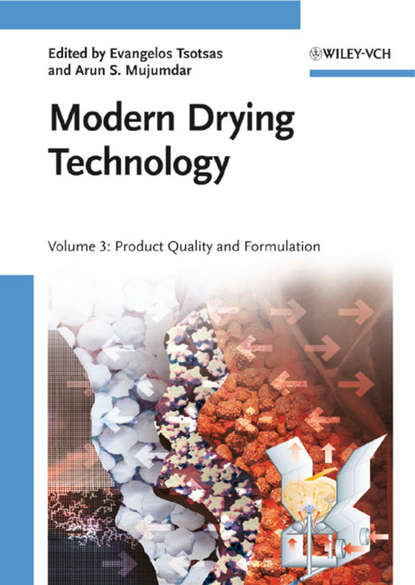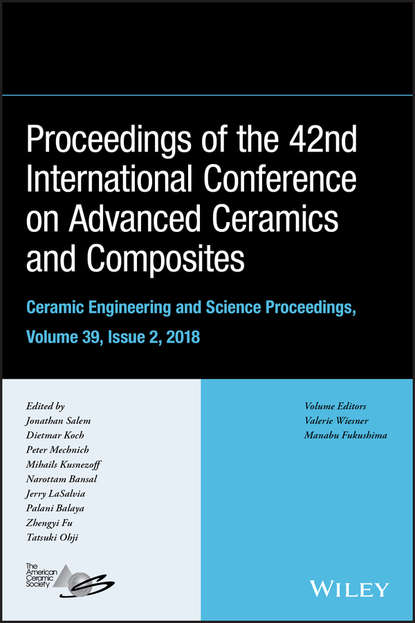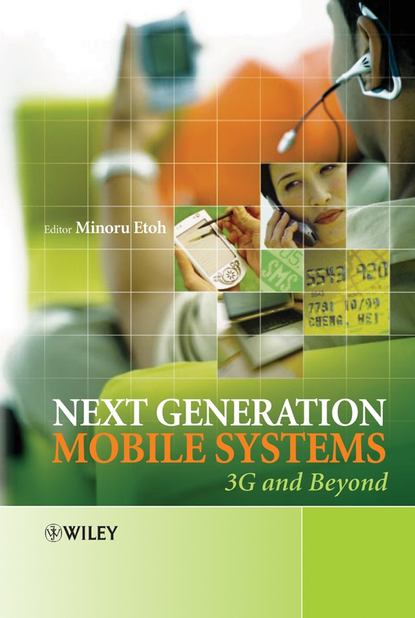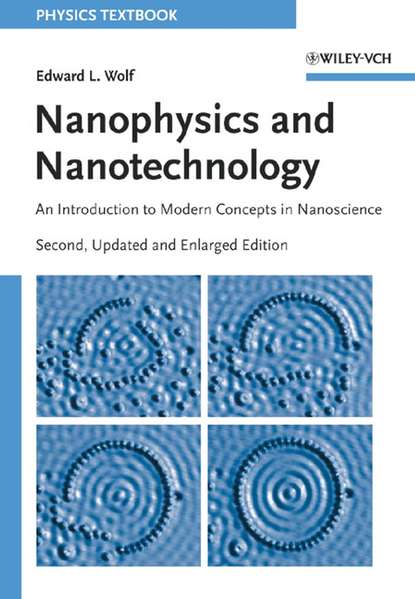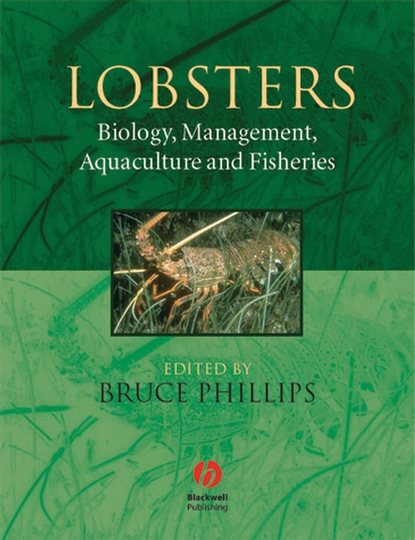Эта книга заполняет пробел, представляя наши текущие знания и понимание континуальных концепций, лежащих в основе вычислительных методов, используемых для моделирования микроструктуры и процессов в инженерных материалах выше атомарного уровня. Книга дает отличный обзор различных методов, сравнивая их с точки зрения конкретных слабостей и преимуществ каждого. Это позволяет читателям выбирать подходящие подходы к новым задачам, возникающим каждый день в этой увлекательной области.
Книга разделена на три основные части. Первая представляет собой базовый обзор ключевых методов в области моделирования материалов на континуальном уровне. Во второй части рассматриваются применения этих методов для прогнозирования микроструктур на конкретных примерах моделирования. Третья часть посвящена примерам применения в области моделирования процессов.
Представляя спектр различных вычислительных подходов к материалам, книга стремится инициировать разработку соответствующих виртуальных лабораторий в промышленности, в которых эти методы будут использоваться. Таким образом, она ориентирована на студентов, преподавателей, материаловедов и инженеров, физиков, биологов, химиков, математиков и инженеров-механиков.
Электронная Книга «Continuum Scale Simulation of Engineering Materials» написана автором Dierk Raabe в году.
Минимальный возраст читателя: 0
Язык: Английский
ISBN: 9783527604210
Описание книги от Dierk Raabe
This book fills a gap by presenting our current knowledge and understanding of continuum-based concepts behind computational methods used for microstructure and process simulation of engineering materials above the atomic scale. The volume provides an excellent overview on the different methods, comparing the different methods in terms of their respective particular weaknesses and advantages. This trains readers to identify appropriate approaches to the new challenges that emerge every day in this exciting domain. Divided into three main parts, the first is a basic overview covering fundamental key methods in the field of continuum scale materials simulation. The second one then goes on to look at applications of these methods to the prediction of microstructures, dealing with explicit simulation examples, while the third part discusses example applications in the field of process simulation. By presenting a spectrum of different computational approaches to materials, the book aims to initiate the development of corresponding virtual laboratories in the industry in which these methods are exploited. As such, it addresses graduates and undergraduates, lecturers, materials scientists and engineers, physicists, biologists, chemists, mathematicians, and mechanical engineers.
